What is drug candidate and its impact
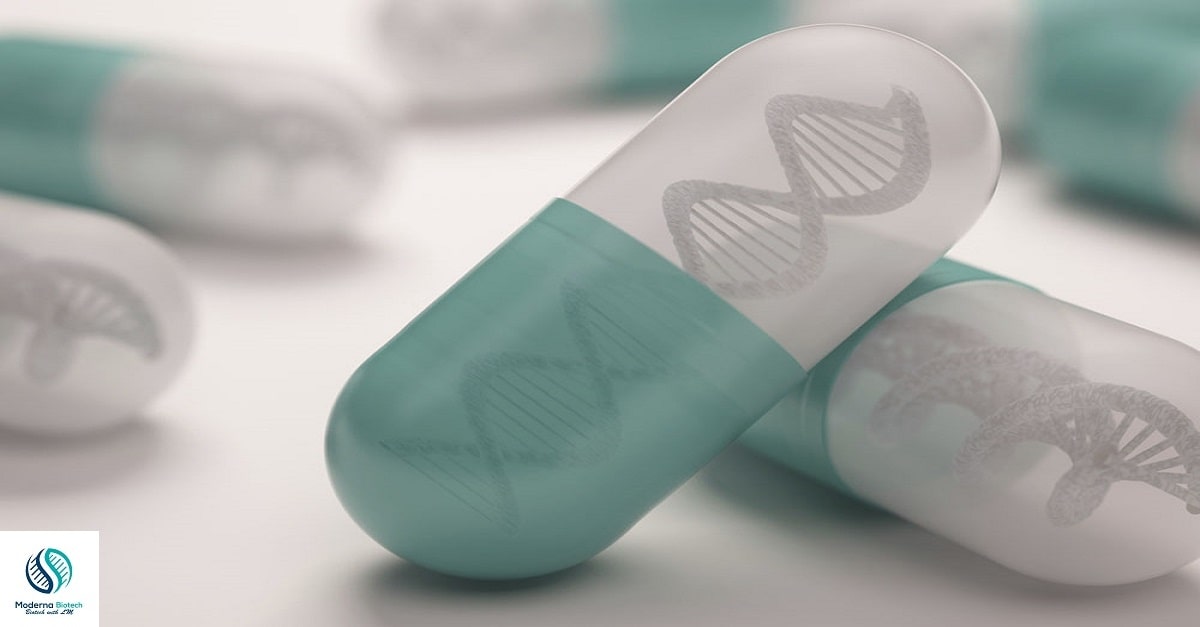
What are a drug candidate and its impact on molecule’s potency, efficacy, selectivity, and ADME profile
What is a drug candidate & drug discovery?
In molecular biology, drug discovery is mainly the method wherein novel candidate medicines are discovered. According to history, drugs mainly revealed by detecting the lively component from outdated medications. Or it can also be revealed by unexpected discovery, e.g. discovery of penicillin. There are numerous unmet medical needs in the therapeutic area and so we require drug candidates to fulfill these medical needs. In this article, you will know what is drug candidate and its impact on molecule’s potency, efficacy, sensitivity, and ADME profile.
The drug candidate is suitable for clinical testing if it has selectivity and produces the desired response. Selectivity makes a good drug candidate. For the selection of drug candidates, it must be kept in mind that a drug candidate has good selectivity and impact on the molecule’s potency, selectivity, and ADME profile.
Drug Candidate mainly defined as the Gene Therapy Product candidate which is discovered, conceived or technologically advanced by Penn or Licensee. Or it is delivered to Licensee, in the respective case, under the Research Plan. For simplicity, “Drug Candidate” comprises only those Gene Therapy Product drug candidates that are worked consistently to the Research Plan.
We can say that a novel drug can accomplish an unmet medical requirement if it reports a state whose action or diagnosis is not appropriately addressed by current treatments.
The biological target for drug candidate:
In molecular biology, a drug target is defined as “a biological being (that may be a protein or a gene) that interrelates with, and whose movement is moderated by, a specific compound.”
What is the preferred logP interval for a drug candidate?
Chemical structure of drug candidate:
- The drug candidate’s structure regulates its physiochemical properties and regulates its Tox/ADME characteristics and determines its pharmacological action.
- Therapeutic chemists can normalize the pharmacological characteristics of molecules of drugs by regulating structures.
- Functional groups & rings structures are the most significant elements of a drug. Among hydrogen atoms, the amount of non-hydrocarbon particles replicates the heavy atoms percentage of a drug.
There are three most imperative structure associated criteria that are closely relevant to a drug;
- The finest number of non-aromatic and aromatic rings are 1 & 2, correspondingly.
- The significant functional group of a drug candidate is OH, COOR and COO in turn bot, not SO3H, CHO, SH, and CONHOH.
- Furthermore, the functional group is advantageous to CNS drugs and the NH2 functional group is advantageous to anti-cancer drugs and anti-infective drugs.
- The best value of R interludes of candidate drugs is in the 0.05-0.50 range and the value of R of the CNS candidate drugs must be slight as possible in this given interlude.
Discovery of Drug candidate:
According to history, drugs mainly revealed by classifying the lively ingredients from old therapies or by unanticipated discovery e.g. penicillin. Contemporary discovery of drugs is generally a principal rigorous method. It encompasses huge reserves by medicinal industries as well as national government agencies.
Structural changes during the lead discovery and lead optimization process:
- An imperative technology (combinational chemistry) allowed the effectual production of huge screening libraries for the need of high amount screening. Though, currently, it has been noticed that even with improved efficiencies in biochemical synthesis, there is not rise in lead or the achievement of a drug candidate
- The significant difference between mixes and natural product in combinational chemistry library is mainly the numeral of chiral centers (that are much higher in natural compounds), inflexibility in structures (that are also higher in natural compounds), and the number of aromatic moieties (that are significantly higher in libraries of combinational chemistry)
- Some other types of chemical differences between these two groups comprise the heteroatoms’ nature, in addition to the range of non-aromatic unsaturation (that is higher in natural products). Oxygen and nitrogen supplemented in natural products and Sulphur and halogen atoms more frequently present in synthetic complexes.
- The explanation of chemical assembly is important to evade the re-discovery of biochemical agents that were previously recognized for their chemical besides structural activity. The technique of mass spectrometry in separate complexes is recognized built on their mass to charge ratios afterward ionization.
Impact of drug delivery on molecule’s potency, efficacy, selectivity, and ADME profile:
- As the purpose of drug discovery is to identify the active ingredients from traditional remedies. So chemical libraries of chemically small molecules, natural harvests, or abstracts were divided into intact cells. Or into entire organisms to recognize materials that a required effect of therapeutics in a process identified as traditional pharmacology. (What is drug candidate and its impact)
- Afterward, human genome sequencing permitted rapid cloning and a combination of huge amounts of pure purified proteins. And it has to turn out to be shared practice to use high throughput screening of large compound libraries comparable to isolated biotic targets.
- These are offered to be disease-modifying in a process recognized as reverse pharmacology. Successes from these screens are then tested in cells and then in animals for efficacy.
- Contemporary drug detection comprises the recognition of screening knockouts, optimization of those knockouts to rise the selectivity (to minimize the probability of side effects) and affinity, therapeutic chemistry, potency/efficacy, the stability of metabolites (to raise the half-life), and oral availability. Once a complex that fulfills these supplies has been recognized, the procedure of drug expansion can continue.
- Although it is imperative to improve drug candidates with respect to pharmacokinetics, toxicity and efficacy maybe even more critical to the definitive success of drugs and it assures that it modifies the right target in the first place.
Other impacts:
- Optimization of ADME features of the drug molecules is sometimes the most problematic. And it is also a challenging part of the whole drug delivery process. The profile of ADME will also have a major impact on the likelihood of the success of a drug.
- The drug development and discovery relied mainly on in vitro testing to optimize lead compounds and to minimize investment. An inclusive set of in vitro assays is accessible to determine the significant parameters of absorption, distribution, metabolism, and excretion features.
- For instance, solubility, plasma stability, and lipophilicity. These systems of tests help the assessment of the pharmacological characteristics of a complex. And they assist as substitutes formerly coming in vivo testing and in medical trials.
- The drug discovery and development relied on in vitro testing to minimize funds and enhance lead compounds. An inclusive set of in vitro assays is accessible to determine significant parameters of (ADME). That is absorption, distribution, metabolism, and excretion, for instance, solubility, lipophilicity, and plasma stability. These test schemes help the assessment of the pharmacological characteristics of a complex. And it also serves as a substitute before coming in vivo testing and in medical trials.
Conclusion:
See also What are biochemical tests
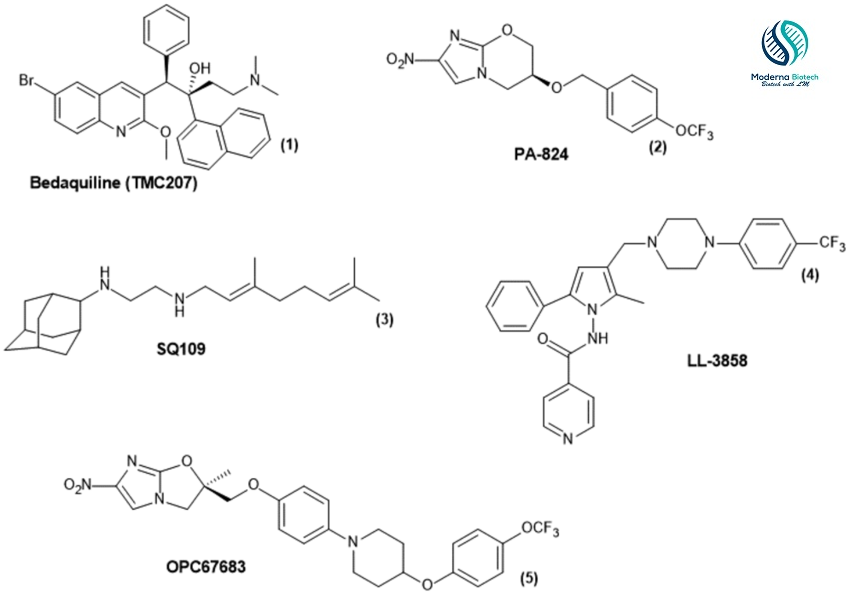
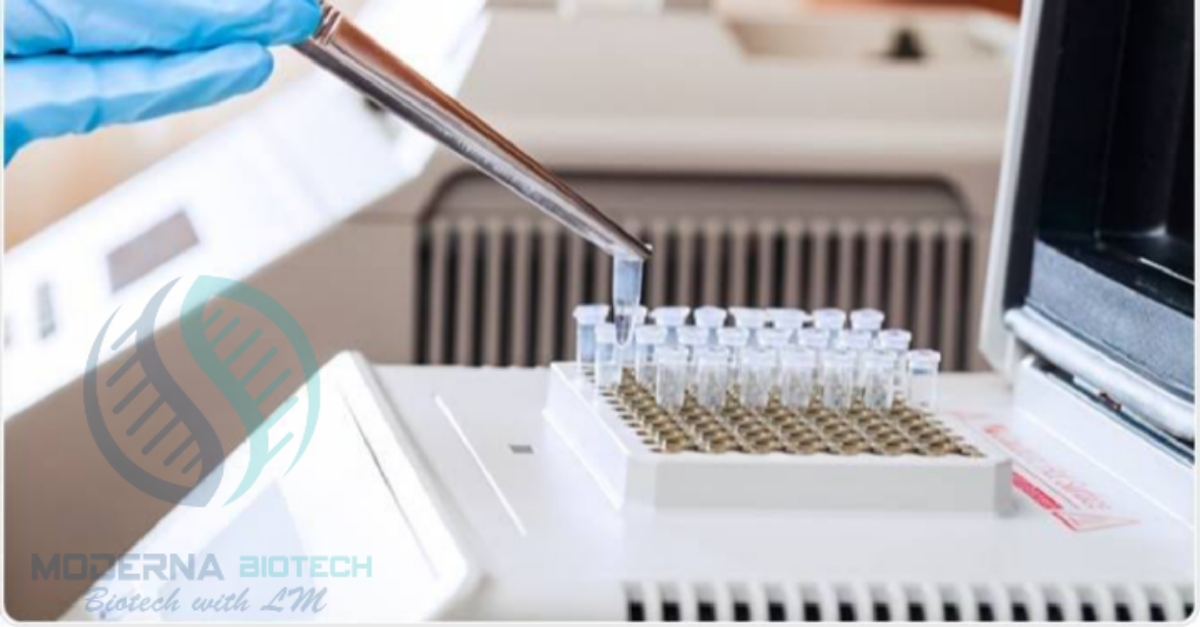
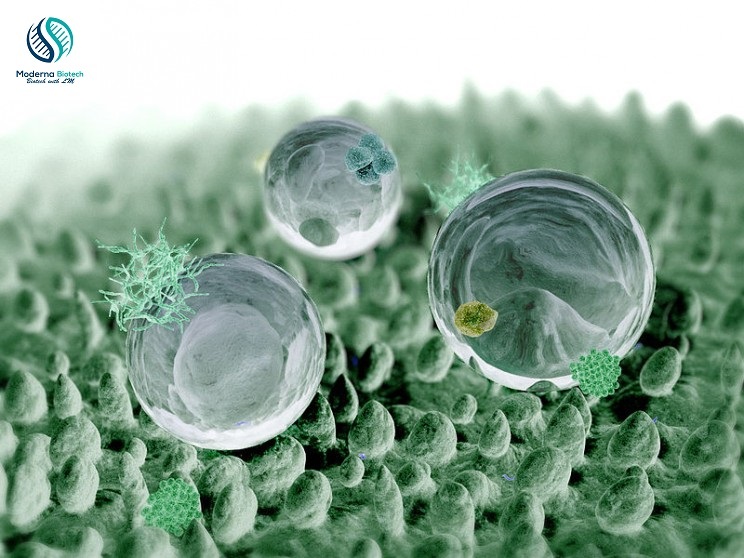
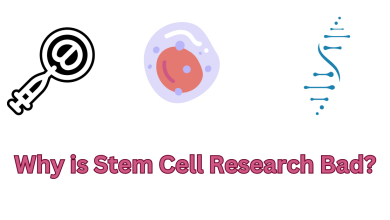
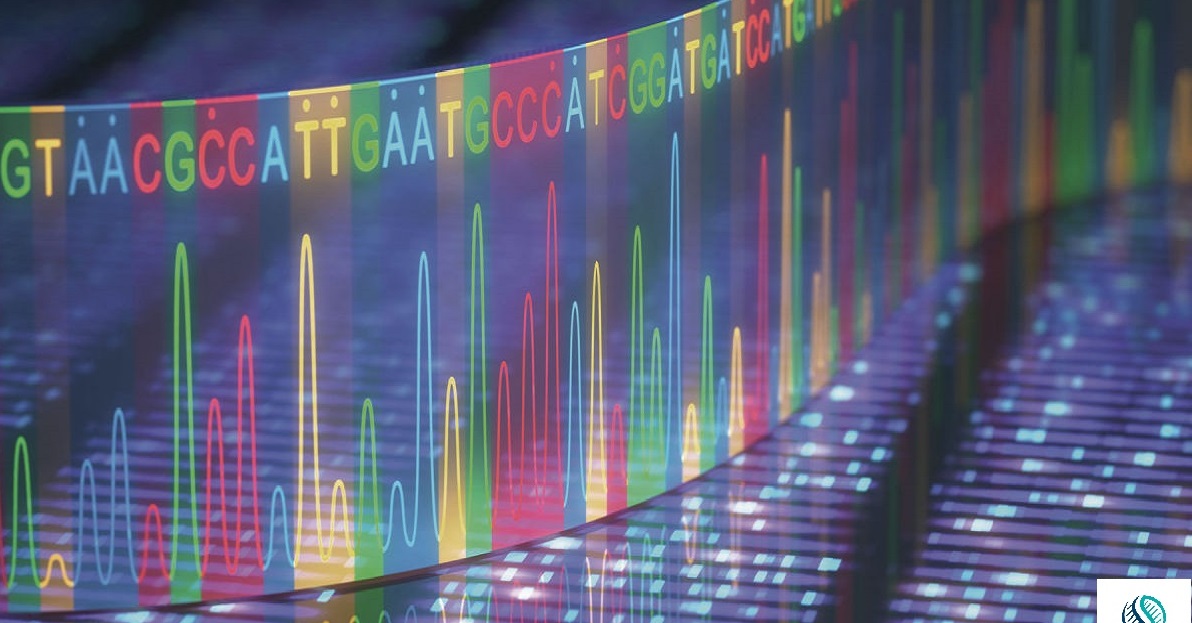
Wonderful work! This is the type of information that should be shared around the net. Shame on the search engines for not positioning this post higher! Come on over and visit my site . Thanks =)
I have been exploring for a bit for any high quality articles or weblog
posts in this kind of space . Exploring in Yahoo I at last stumbled
upon this web site. Reading this information So
i’m satisfied to exhibit that I have a very excellent uncanny feeling I came
upon just what I needed. I such a lot undoubtedly will make sure to don?t overlook
this website and provides it a glance on a constant
basis.